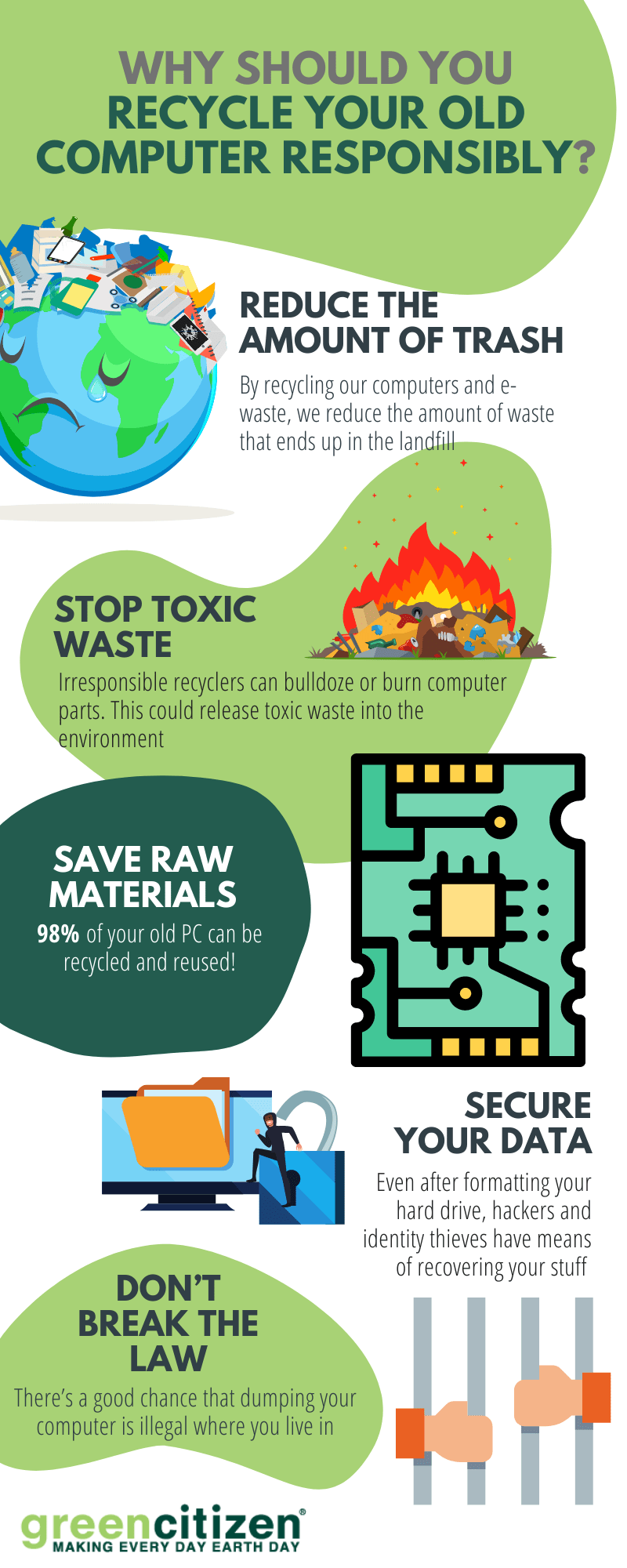



Install the downloaded OS in a USB drive that has a capacity of at least 4GB. You can still download a copy of the OS from Digital River (for 32-bit and 64-bit) which is a legitimate way of getting a copy of the OS you purchased with your machine. If you don’t have one, don’t panic, you’re not out of luck. If your PC is running on Windows 7, you need to have a copy of the OS in a USB drive or DVD. Back it up (if you don’t, there are hard drive data recovery services that help).The second option is usually better because you can sometimes miss something during a manual cleaning process.īefore you wipe your computer, you need to: To get rid of all your data, you can either perform a manual cleaning exercise, or completely delete your PC’s contents using a special utility. Your digital trail is much longer since things like email messages stored in the computer with login credentials, or website passwords cached by your web browser can be recovered even when Windows does not boot. Deleting sensitive documents, reformatting your disk, or emptying your Recycle Bin is never enough. To be 100% safe, you should wipe your computer even if you plan on keeping it around in your closet or garage to guard against the risk of information theft in case your computer falls in the wrong hands.

If you have an older copy of Windows or if you like to get into the weeds with different file-deletion methods, a third-party tool like Dban is your best option.Before you sell or dispose your computer, you should clean it of sensitive documents and data. The following directions for wiping a computer will work with any system running Windows 10, as well as most Macs. The entry typically says “solid state” or “flash storage” for a solid-state drive (SSD), whereas for a mechanical hard drive it says “hard disk drive.” On a Mac, click the Apple logo and then About this Mac, and select the Storage tab. On Windows, this information is harder to find than it should be, but the easiest way is to open the Defragment and Optimize Drives tool (type “defragment” into the search menu in the taskbar). Next, figure out which type of storage your computer has. For Macs, Apple recommends logging out of any iCloud services, including iTunes and iMessages. How you do this depends on which operating system you have and what type of storage drive your device has.īefore you wipe a computer, make sure that you have a backup of any files you need and deactivate any software that requires doing so. On most devices, wiping your data securely is pretty straightforward, and doing so can prevent your data from being recovered by someone you would rather not have it. Your computer, phone, or tablet holds all kinds of personal information about you, and before you sell, return, recycle, or donate it, you should make sure to delete all of that information correctly.


 0 kommentar(er)
0 kommentar(er)
